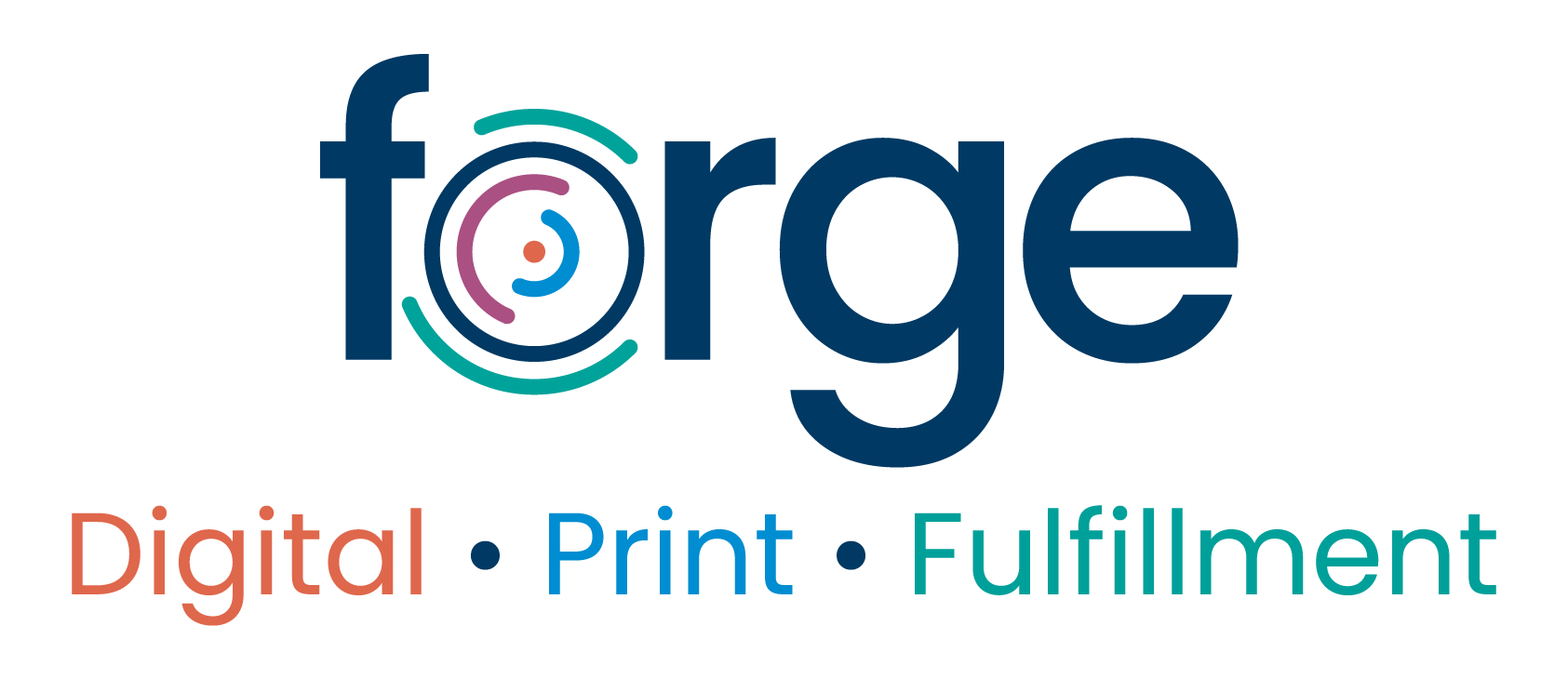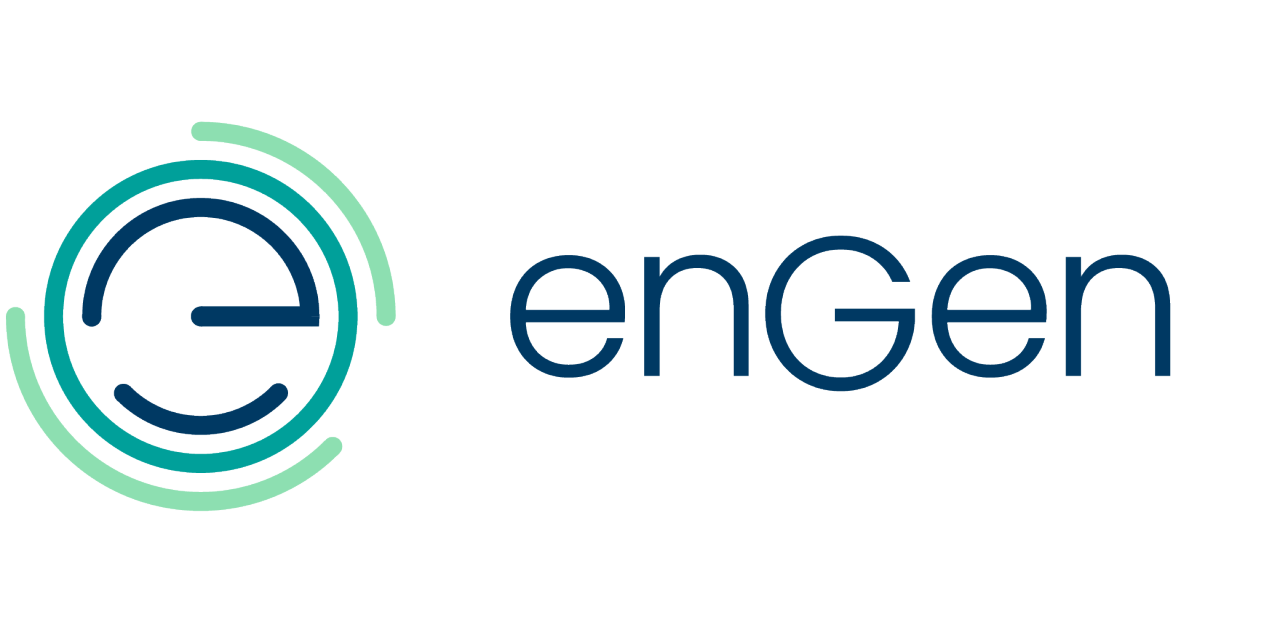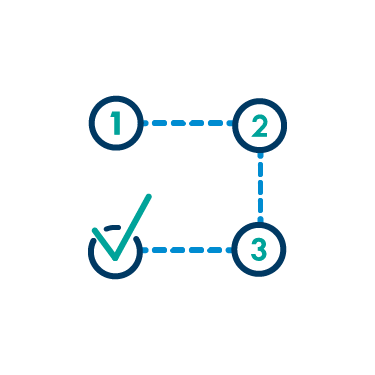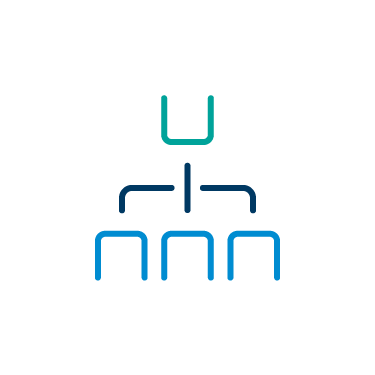Authorizations in the fast lane:
How we lowered submissions from 8.6 minutes to 10 seconds (and why it matters)
There’s a long-standing myth in healthcare that not everyone can win. If the health plan comes out on top, the provider is left in the lurch. Even worse, if the patient receives cost effective care, surely the health plan is at a loss.
At enGen, we believe this perspective is handedly false, and in the case of authorizations, we’re working hard to prove it. Because of our partnership with Allegheny Health Network (AHN) and Highmark Health, we have a unique, vested interest in creating a healthcare experience that is beneficial for everyone.
One advantage of being a “payvider” is the unique ability to see processes from multiple perspectives. There are many crossroads and touchpoints ripe for overhaul, but as you’ll read below, sometimes a relatively small nudge can create a much-needed ripple effect for all.

Jennifer Zellinger
VP, Product Development & Management
Finding the friction:
How we uncovered challenges in the auth process
After analyzing data, reviewing provider feedback, and sifting through patient surveys, we discovered a decent amount of friction holding back the authorization process.
For patients, providers, and health plans, an inefficient auth process means:

- Delays in care delivery: Authorizations that get caught in the system translate into poor patient experiences and unrealized care. It also leads to higher costs for payers and unpredictable revenue cycles for providers.
- Unnecessary administrative costs: Manual tasks, duplicated efforts, and communication breakdowns cause significant drops in efficiency. Providers are taken away from what matters and health plans get bogged down in a backlog of tasks.
- Inaccurate criteria: Without a consistent auth process, patient data can come from many sources. Outdated or misrepresented criteria can lead to faulty cost assessments, wrong diagnoses, and higher admin costs.
- Convoluted communications: Patients, providers, and administrators all need to be on the same page for effective care delivery. Without a reliable communication process, there can be too many channels to monitor. Faxes, mail, and phone calls to name a few.
- Ever-evolving regulations: An inconsistent, manual auth process poses many regulatory challenges when it comes to compliance. Without a streamlined digital footprint, keeping up with regulatory changes, compliance standards, and audit timelines is virtually impossible.
Delays in care delivery:
Authorizations that get caught in the system translate into poor patient experiences and unrealized care. It also leads to higher costs for payers and unpredictable revenue cycles for providers.
Unnecessary administrative costs:
Manual tasks, duplicated efforts, and communication breakdowns cause significant drops in efficiency. Providers are taken away from what matters and health plans get bogged down in a backlog of tasks.
Inaccurate criteria:
Without a consistent auth process, patient data can come from many sources. Outdated or misrepresented criteria can lead to faulty cost assessments, wrong diagnoses, and higher admin costs.
Convoluted communications:
Patients, providers, and administrators all need to be on the same page for effective care delivery. Without a reliable communication process, there can be too many channels to monitor. Faxes, mail, and phone calls to name a few.
Ever-evolving regulations:
An inconsistent, manual auth process poses many regulatory challenges when it comes to compliance. Without a streamlined digital footprint, keeping up with regulatory changes, compliance standards, and audit timelines is virtually impossible.
For many in the industry, these challenges aren’t exactly surprising. According to McKinsey, “...clinical staff must devote considerable time to reviewing [authorization] requests. Meanwhile, doctors and staff report spending 13 hours per week on [authorizations]; many clinicians believe it undermines their clinical judgment and can inhibit timely care.”
Finding the friction: How we uncovered challenges in the auth process
After analyzing data, reviewing provider feedback, and sifting through patient surveys, we discovered a decent amount of friction holding back the authorization process. For patients, providers, and health plans, an inefficient auth process means:
• Delays in care delivery: Authorizations that get caught in the system translate into poor patient experiences and unrealized care. It also leads to higher costs for payers and unpredictable revenue cycles for providers.
• Unnecessary administrative costs: Manual tasks, duplicated efforts, and communication breakdowns cause significant drops in efficiency. Providers are taken away from what matters and health plans get bogged down in a backlog of tasks.
• Inaccurate criteria: Without a consistent auth process, patient data can come from many sources. Outdated or misrepresented criteria can lead to faulty cost assessments, wrong diagnoses, and higher admin costs.
•Convoluted communications: Patients, providers, and administrators all need to be on the same page for effective care delivery. Without a reliable communication process, there can be too many channels to monitor. Faxes, mail, and phone calls to name a few.
•Ever-evolving regulations: An inconsistent, manual auth process poses many regulatory challenges when it comes to compliance. Without a streamlined digital footprint, keeping up with regulatory changes, compliance standards, and audit timelines is virtually impossible.
For many in the industry, these challenges aren’t exactly surprising. According to McKinsey, “...clinical staff must devote considerable time to reviewing [authorization] requests. Meanwhile, doctors and staff report spending 13 hours per week on [authorizations]; many clinicians believe it undermines their clinical judgment and can inhibit timely care.”


Our path forward: The power of interoperability and automation
With a clear map of the challenges affecting each participant, we began to seek a solution that answers three high-level questions:
- How can we bring transparency, speed, and accuracy to authorizations?
- How can we reduce administrative burden for payers and providers? In particular, how can we help clinicians focus on spending more time with patients?
- How can we build workflows and solutions that naturally align with regulations?
Perhaps the most compelling benefit to all of this is that patients receive the care they need without organizational delays. The cherry on top is a streamlined patient experience with less back-and-forth, paperwork, and added stress.
The ripple effect:
How one automation is improving the healthcare journey
Removing the analog, multi-channel nature of authorizations is already paying off. And even though it’s early days, we're already seeing some great results.
Before the automation, submissions took an average of 8.6 minutes. Now we’re seeing submission times decrease to 10 seconds. This represents a dramatic reduction of over 99% in processing time.
Perhaps the most compelling benefit to all of this is that patients receive the care they need without organizational delays. The cherry on top is a streamlined patient experience with less back-and-forth, paperwork, and added stress.
Before the automation, submissions took an average of 8.6 minutes. Now we’re seeing submission times decrease to 10 seconds. This represents a dramatic reduction of over 99% in processing time.
A note on improved compliance and audit readiness
The quantitative effects of stronger compliance are difficult to calculate, but one thing is certain—a digital footprint is much easier to secure, track, and monitor than its analog counterpart.
The effects of removing manual tasks and human error become exponential when dealing with ever-changing state and federal regulations, burden reduction in particular. Near real-time data access opens the door to rapid responses to audit requests, making CMS Clean audit periods significantly easier to navigate and pass.
Although not immediately obvious, a digital compliance strategy (powered by automation) is another major driver of admin efficiency, cost control, and risk reduction.
The perfect bookend to the auth process:
Automated letter generation
We would be remiss not to mention the benefits of automation in the tail end of the authorization process. Print and mail materials are still a pivotal communication channel for payers and providers, especially for auth approvals and denials.
In conjunction with our EHR integration, Predictal automatically generates letters upon a decision (approval or denial). This greatly reduces the time and effort required to manually create and send letters. Pre-designed templates are auto-filled with accurate patient data, minimizing human error and duplicate work.

And if all that wasn’t enough, the letters are automatically sent to Forge—our print and fulfillment partner, further reducing manual intervention. Once again, automation can bolster compliance by consistently meeting required timeframes—crucial for upholding regulatory requirements such as CMS clean period audits.
What's Next?
We’re all consumers. And whether consciously or subconsciously, we all know the difference between a great digital experience and one that’s lackluster. Looking forward, our priority is to sift through every healthcare touchpoint and interaction. We’ll continue to put ourselves in the shoes of clinicians, admins, and patients.
If a sub-optimal process causes downstream challenges for everyone, then the reverse must be true. Positive improvements, led by smart tech solutions, can level-up the healthcare experience for everyone.




